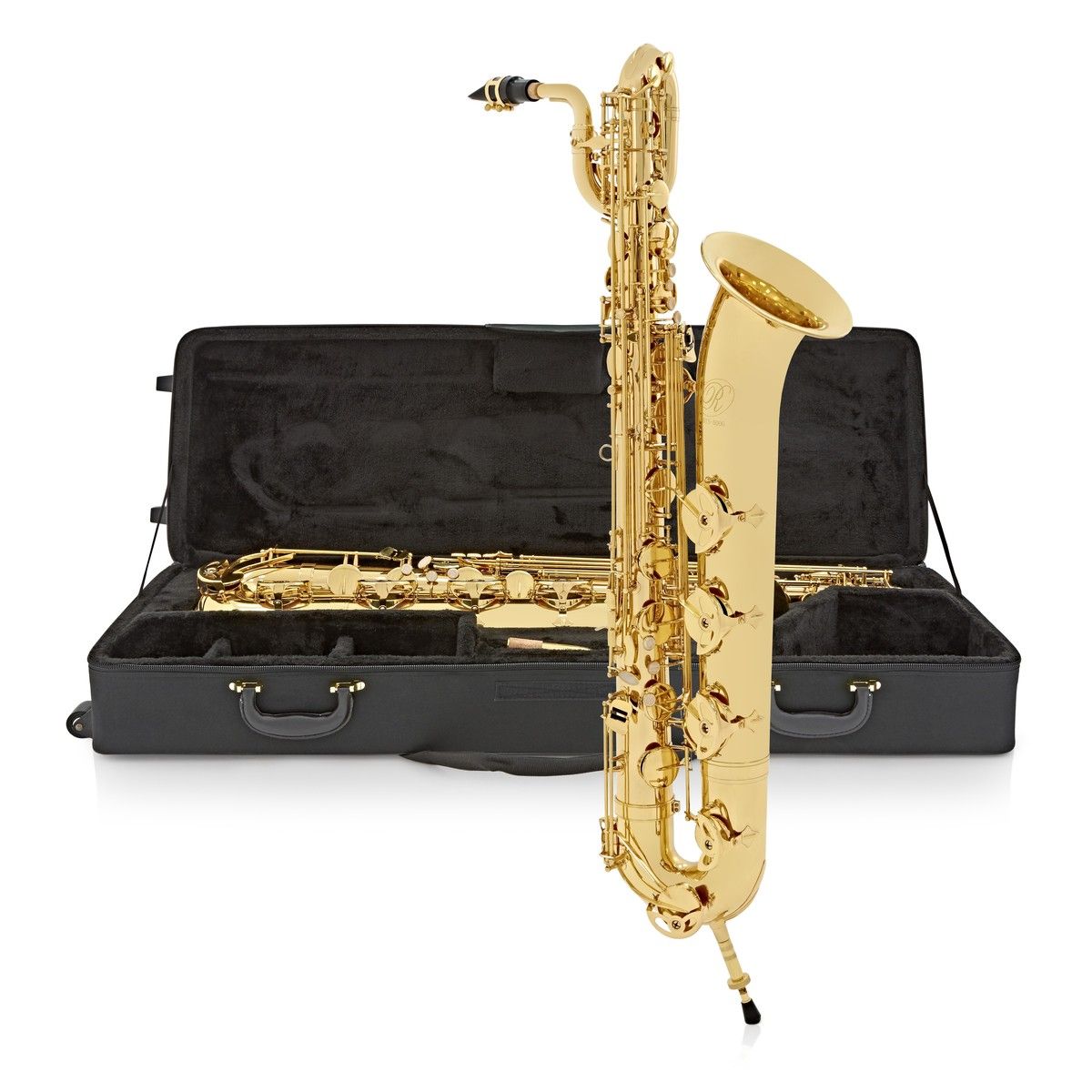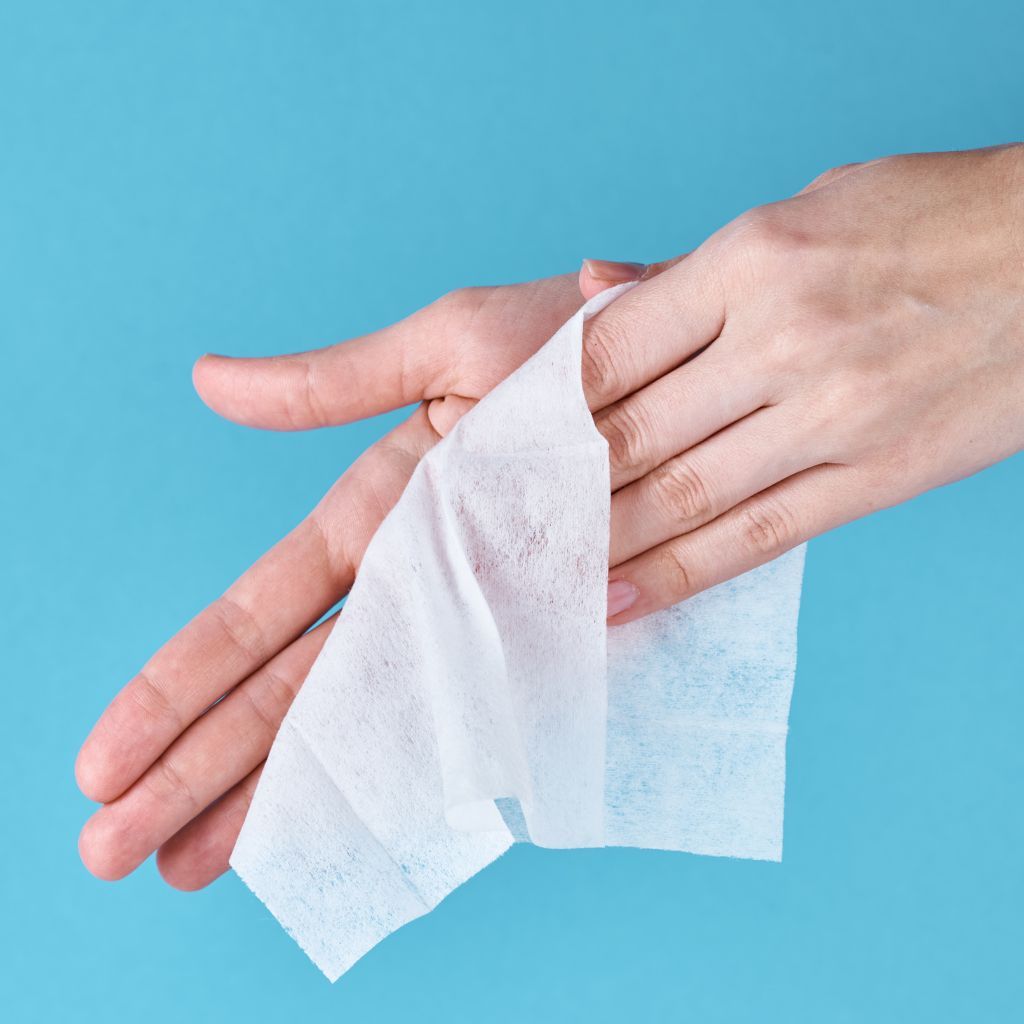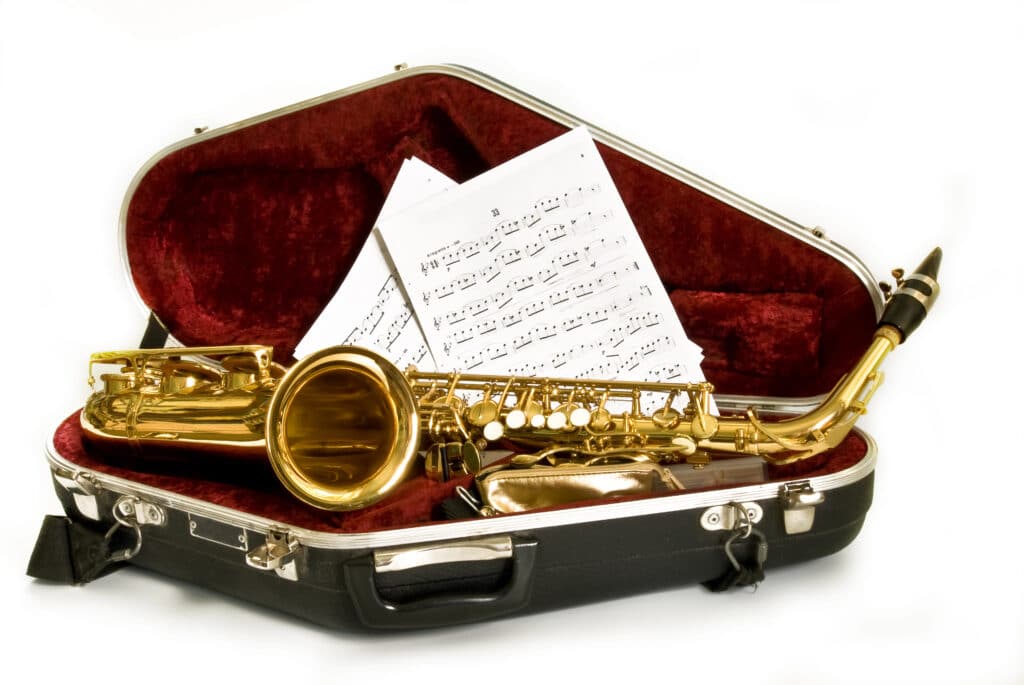A superb Baritone Sax Fingering Chart stands as one of the most vital tools in your collection. Much like a GPS for your saxophone, it directs you to the correct keys for each note you aspire to play.
And trust us, you’ll want to have this handy, especially when you’re just starting out.

But not just any old fingering chart will do.
You need one that’s easy to read and understand and packed with all the basic fingerings you’ll need to rock out on your baritone sax.
So don’t be caught without a trusty fingering chart. It’s the key to unlocking your saxophone’s full potential and taking your playing to the next level.
Understanding the
Baritone Sax
The baritone saxophone is a large, low-pitched saxophone that can add warmth and depth to any musical ensemble.
It’s commonly used in jazz and classical music and has a unique fingering chart with a low A key. It requires a specific fingering chart and attention to the octave key as a transposing instrument.
With practice and an understanding of its characteristics, the baritone saxophone can be a powerful addition to any musician’s repertoire.

Basic Baritone Sax Fingerings
As a beginner baritone saxophonist, learning the basic fingerings to play the instrument effectively is essential. This section will provide you with the necessary information to get started.
The lower register of the baritone saxophone is typically used for playing notes between Bb1 and F3.
The middle register of the baritone saxophone is typically used for playing notes between G3 and Bb4.
The upper register of the baritone saxophone is typically used for playing notes above Bb4.
Advanced Baritone Sax Fingerings

If you’ve mastered the basics of playing the baritone saxophone, it’s time to take your skills to the next level with advanced fingerings!
Altissimo Register
The altissimo register refers to the range of notes above the normal range of the saxophone. To access this register, you’ll need to use a combination of fingerings and embouchure techniques.
Remember, the altissimo register requires a lot of practice and patience. Use proper embouchure techniques and experiment with different fingerings to find what works best for you.
Overtones
Overtones are a fundamental aspect of saxophone playing that can greatly enhance your sound and technique. By using overtones, you can play higher notes with less effort and better intonation.
Here are some tips for practising overtones:
Start by playing a low Bb and gradually increase the air pressure until you hear a higher pitch.
Once you can produce an overtone, try playing a scale using only overtones. This will help you develop your control and intonation.
Experiment with different fingerings and embouchure techniques to find the best sound for each overtone.
Remember, playing overtones requires a lot of practice and patience. Don’t get discouraged if it takes time to master this technique.
Keep practising and experimenting, and you’ll soon be able to play higher notes with ease and control.
Maintenance Tips for
Finger Pads

Before playing, ensure your hands are clean and free of oils or lotions. This will prevent dirt and grime from building up on the finger pads, which can cause them to deteriorate over time.
You can also use a handkerchief or a cloth to wipe your fingers after playing to remove sweat or oils.
Pad savers are small cloths inserted into the saxophone to absorb moisture and prevent dirt and dust from settling on the pads. They’re especially useful for baritone saxophones, which have larger pads than others.
Make sure to change your pad savers regularly to prevent them from becoming saturated with moisture and causing damage to the pads.
Playing for extended periods can cause excess moisture to build up on the finger pads, which can cause them to deteriorate faster.
To prevent this, take breaks between playing sessions and remove the mouthpiece from the saxophone to allow the moisture to evaporate. You can also use a swab or a cloth to remove excess moisture from the tone holes.
Recommended Baritone Saxophone for Beginners
Rosedale Baritone Saxophone by Gear4music

FEATURES: Visually striking and attractive with its gold lacquer finish
OTHER INFO: It has a low A key - making it versatile and capable of playing a wider range of music
- Has a warm, rich sound
- Durable and well-made, with high-quality materials that ensure it will last for years
- Relatively heavy, quite difficult to hold for a long time
When you click ‘Check Price’, you’ll see there are loads of great places to buy this item. Our personal favorite is Sweetwater for the US, and Thomann and Gear4Music for the UK & Europe.
They are the largest music retailers, with excellent customer service, competitive prices, really fast shipping, and the longest guarantees.
The professional musician who wrote this article combined many things,
from the product build, manufacturer’s reputation through to feedback
from other users, to create our famous TedScore™.
Baritone Sax Fingering Chart:
Summary

Remember, the fingerwork for the basic notes is the same for all saxophones, so the fingering chart is the same whether playing the baritone saxophone or the alto saxophone.
However, only the baritone saxophone has a low A. To sound a low A, use the fingering for low C and press the low A key below the thumb of the left hand.
Of course, because the saxophone is a transposing instrument, the same fingering chart applies whether you play soprano, alto, baritone, or tenor saxophone.
We hope that this guide has been helpful to you! Keep in mind that mastering the baritone saxophone takes time and patience, but with consistent practice, you will be able to achieve your goals.
Keep playing, keep learning, and enjoy the beautiful sound of the baritone saxophone!
Wait, there’s more!
Get ready to hit all the right notes with the ultimate guide to the Best Saxophone Brands! Who do you think will make the cut?
FAQ's
Yes, the alto, tenor, soprano, and baritone saxophones have the same fingering chart for the basic notes. However, the baritone saxophone has a low A key that is not found on other saxophones.















The maintenance tips for finger pads are spot on. A lot of players neglect this aspect but it’s crucial for preserving the instrument’s responsiveness and sound quality. Good job highlighting this, Hannah .
I’ve been playing the baritone sax for a few years now, and while I found the section on advanced fingerings intriguing, I think there’s a lot more complexity to mastering altissimo register notes that wasn’t fully explored. For instance, the role of embouchure adjustment and air support can’t be understated. Also, different saxophones react differently, so what works for one might not work for another. Would love to see a more in-depth discussion on this topic.
Just wanted to say thanks for the easy-to-understand breakdown of the baritone sax fingerings. It’s been really helpful for my students, especially those just starting. Your tips have made a big difference in our band class.
Yeah, super grateful for this article. Just picked up the sax and it’s been a game changer for me. Cheers!
Hey Hannah, could you delve a bit more into how temperature variations might affect the maintenance of finger pads on the baritone sax?